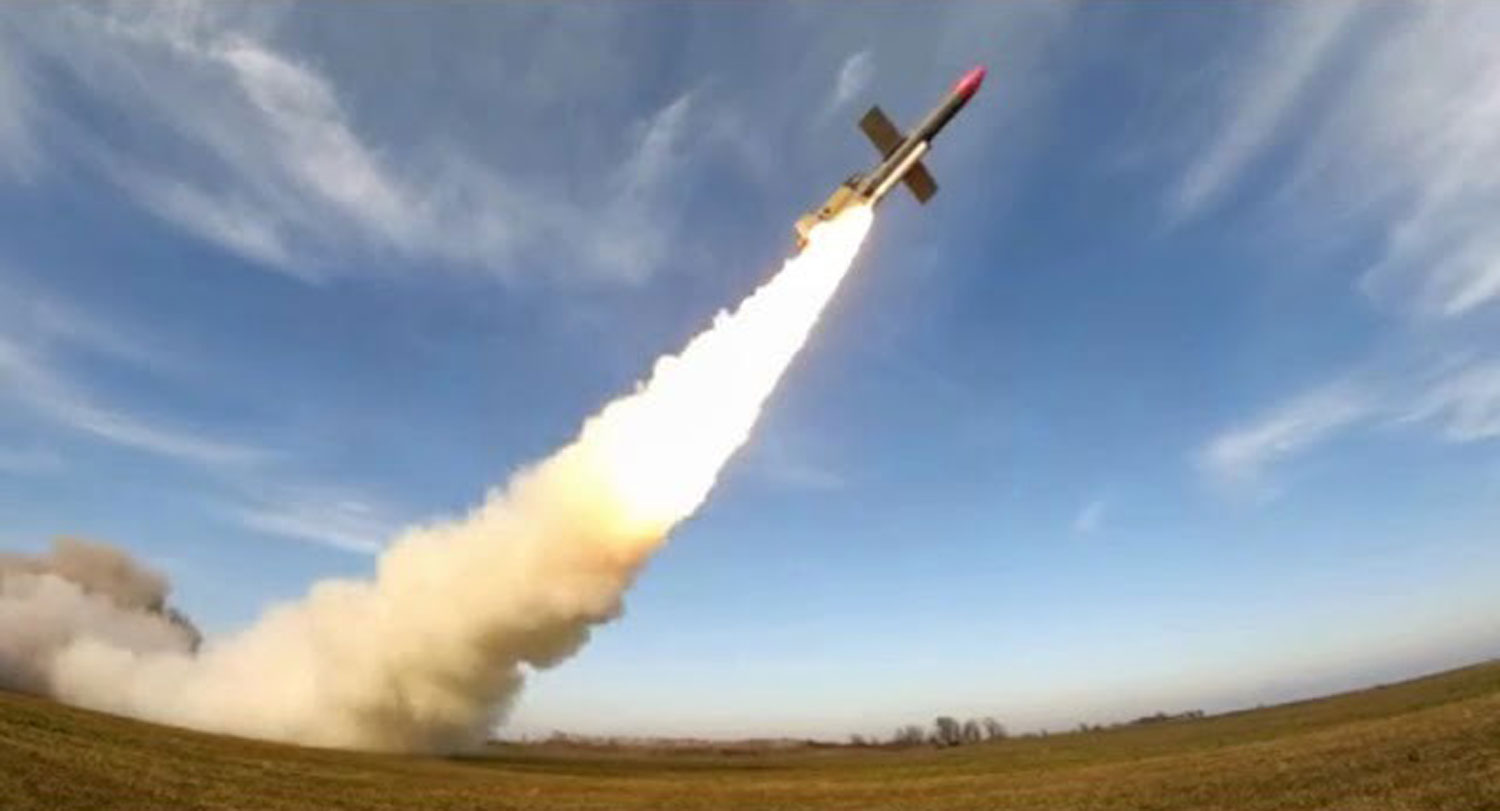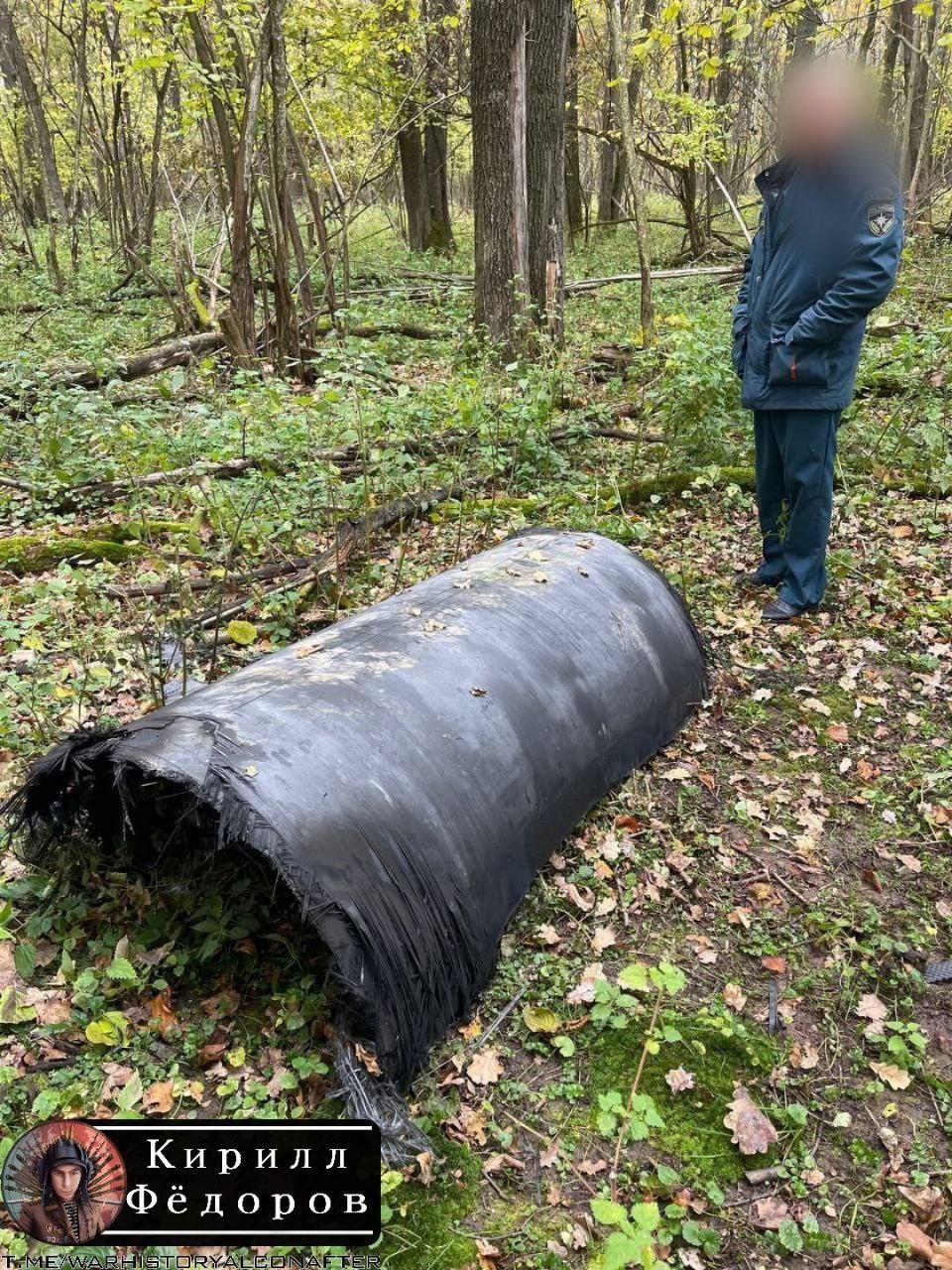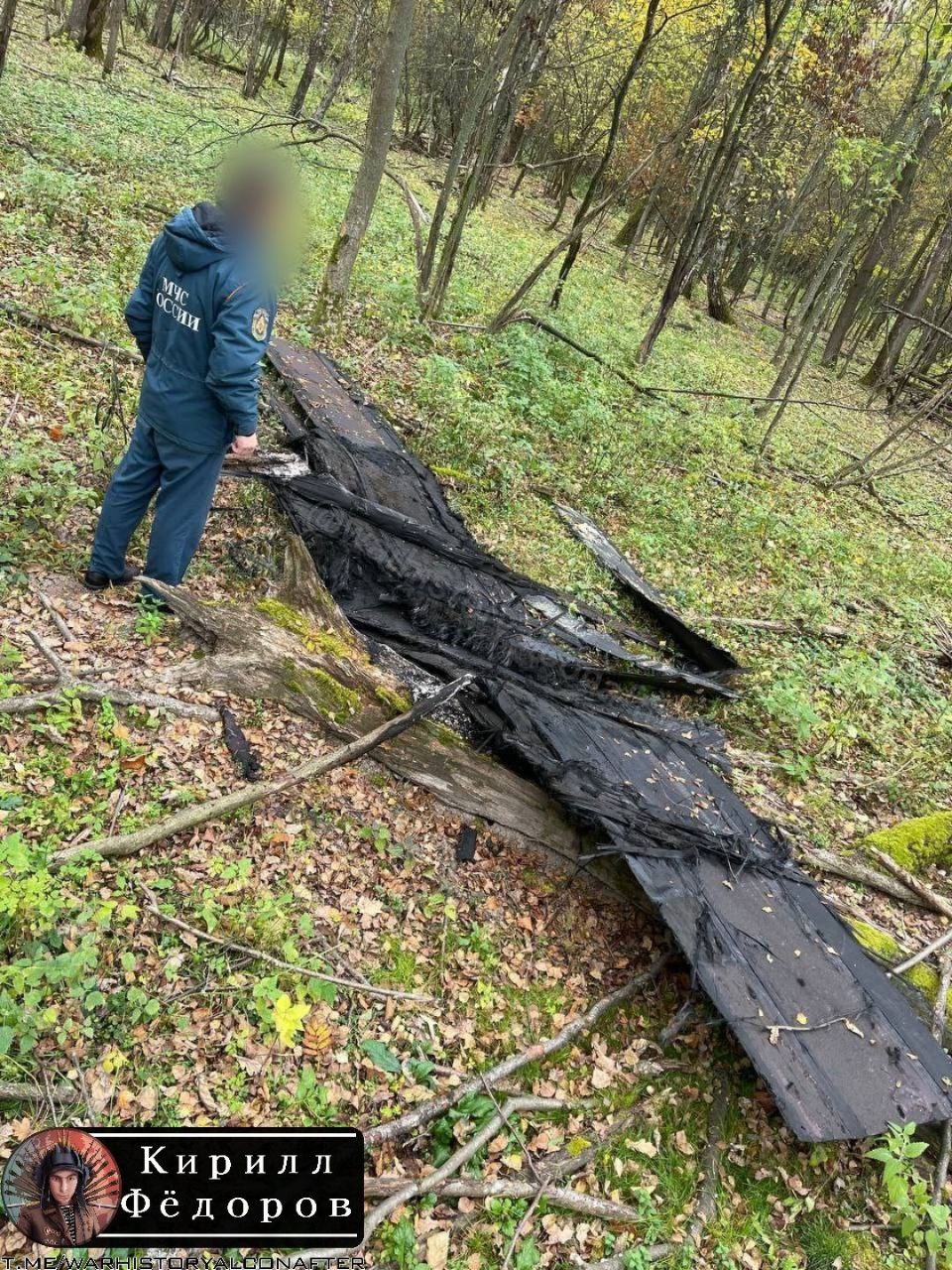Ukraine conducted combat trials of its new FP-5 Flamingo long-range cruise missile against the Russians over the past week, which some Russian bloggers confirmed.
But the so-far tentative pace of deployment and vague language from the Ukrainian government may suggest that Kyiv still has some details to iron out before the Flamingo is ready for prime-time. These details may include the missile’s combat readiness, the optimal way to use it, and what’s happening with its rate of production.
Over the past week, the Flamingos were used in combination with Ukraine’s shorter-range cruise missile, the R-360 Neptune, according to an 9 October statement by President Volodymyr Zelenskyy.
"Last week — I won't say how many times — a combination of our Neptunes and Flamingos was used. You can analyze the results for yourselves,” Zelenskyy told the media. “We are not saying that this pair is being used on a large scale. We are simply saying that it is being used and that we are seeing the first tangible results of this particular weapon."
On the same day, multiple Russian Telegram channels confirmed the Flamingo’s use, alleging that at least one was shot down. One channel posted photos of debris in a forest, claiming it to be a downed Flamingo.
Some claimed that Russian Pantsir or Buk surface-to-air weapons brought down a Flamingo, but none of the channels offered any specific details.
German publication Die Welt on 9 October reported that a Russian Federal Security Service (FSB) base in occupied Crimea was struck by three Flamingos.
In the article, Oslo University missile expert Fabian Hoffmann estimated that two of them hit their target, while the third fell about 100 meters away — the missiles reportedly left craters up to 15 meters in diameter.
"At first glance, this may not seem like a great result. But [...] it is clear that the lack of precision is compensated by massive destructive power."
Strengths and weaknesses
The Flamingo was first revealed on August 17. It is a chonker, with a reported takeoff weight of 6,000 kilograms, propelled by a turbofan engine that’s used in manned aircraft.
The developer, Ukrainian company Fire Point, claimed that the missile has a maximum range of 3,000 kilometers, a top speed of 1,500 kilometers per hour and can carry a payload of over 1,000 kilograms.
However, to keep costs down, the Flamingo lacks modern cruise missiles’ stealth features and its massive engine is top-mounted. These factors make it "highly visible" to enemy radar, Hoffmann wrote on his website. The missile also seems to be guided by GPS-assisted inertial navigation.
This means that even though the missile is faster than most Ukrainian long-range strike weapons, Russia’s existing air defenses should be able to take it down.
But Russian air defenses simply cannot cover the entire front line plus Russia’s massive area and the strategic targets scattered across it. The Flamingos can find gaps to slip through, and their reported range — if accurate — gives them great leeway to do so.
This can be helped by using them in combination with other missiles and drones. Zelenskyy’s announcement that the Flamingo and Neptune were used together is nothing new. Ukraine has been creatively combining the technology it has to attack targets in Crimea and Russian territory for years now.
Even if a significant fraction of the missiles gets shot down, this might force Russia to once more rethink how it positions its air defenses, potentially opening up some other part of the front, or the Black Sea, to other Ukrainian weapons.
Of course, to achieve this, the Flamingos have to be deployed in significant enough scale to count.
The engines are Motor Sich designs, which means that the storied Ukrainian engine-maker has to significantly ramp up production, or Fire Point has to find alternative suppliers.
All these things have to be tested and understood, which may explain why the government has been cagey with information about the missile, as it weighs the public relations boost against revealing too much.







